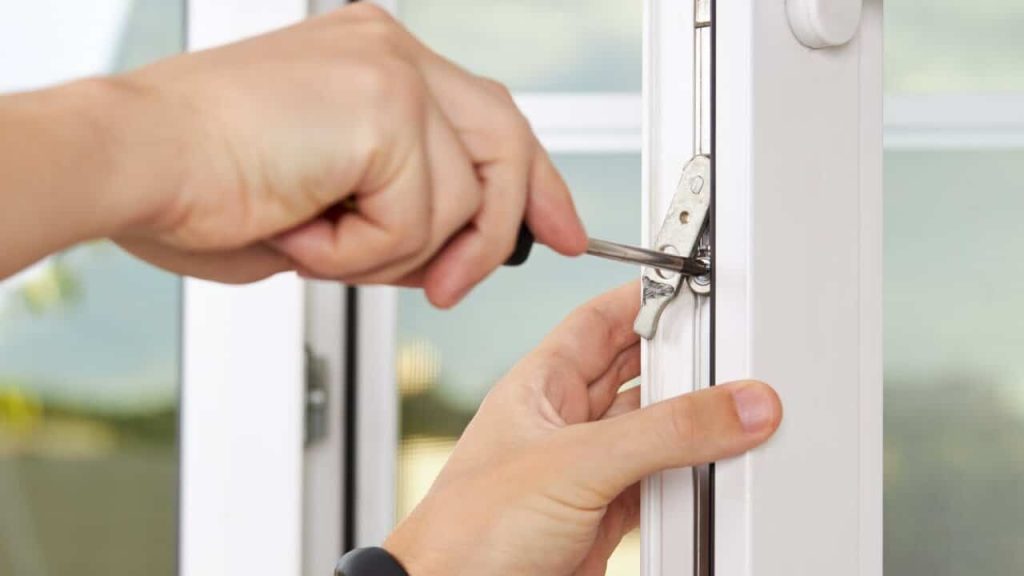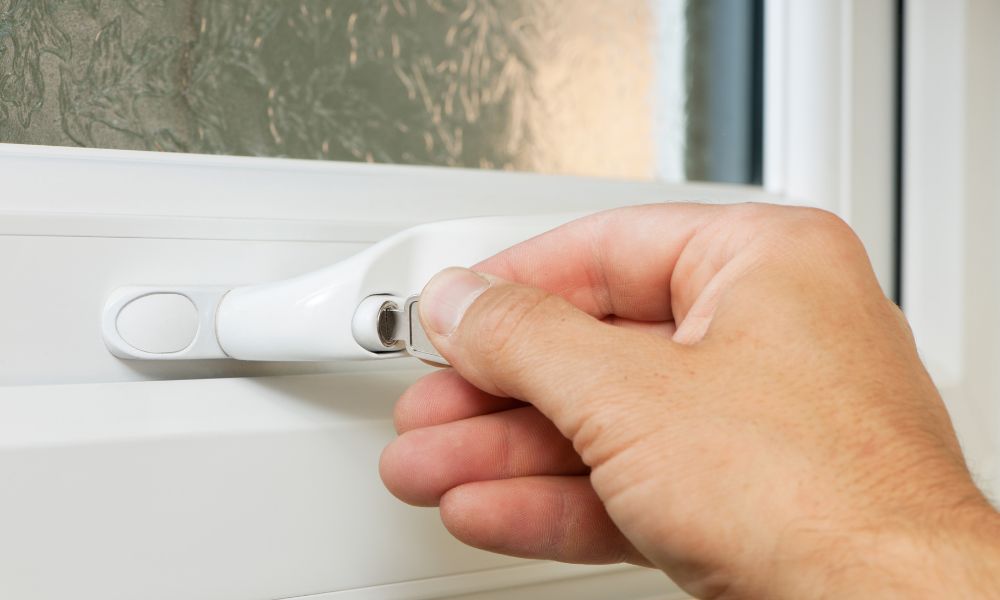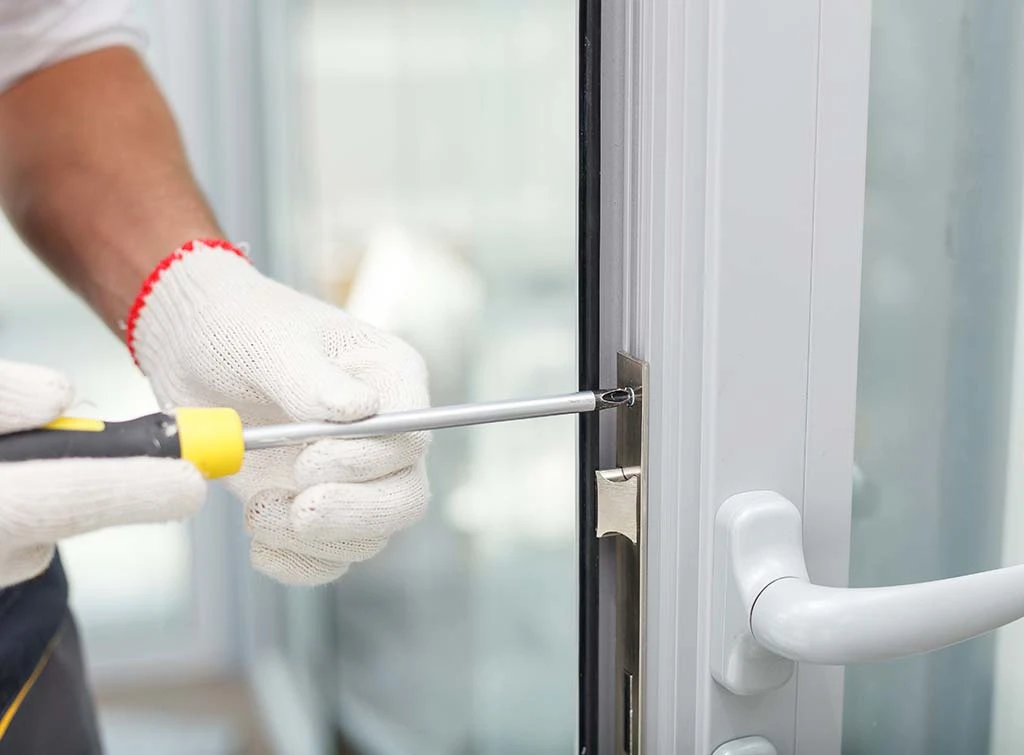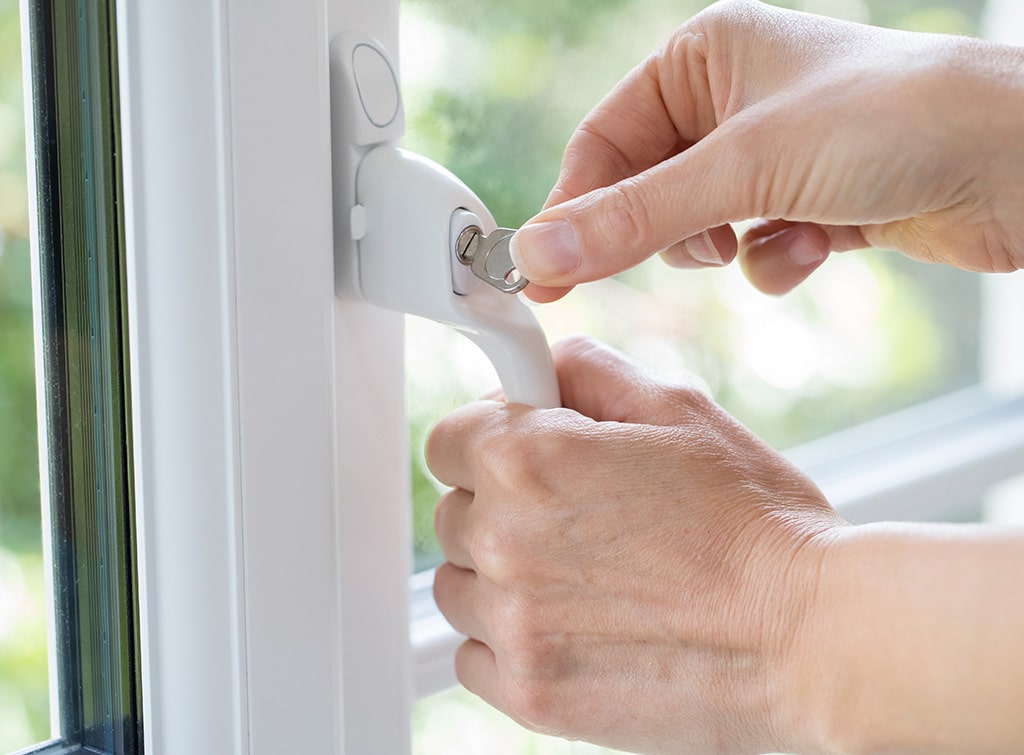Windows should provide comfort, safety, and fresh air. But when the lock on a window jams, refuses to turn, or gets stuck midway, the experience quickly shifts from convenience to frustration.
Homeowners often encounter this problem on older wooden frames, but even modern PVC or aluminum windows can develop lock issues due to dirt, wear, or misalignment. The good news is that most of these problems can be solved without calling a professional, if you approach the repair carefully.
Why Window Locks Stop Working
When a lock refuses to open or close, there is usually more than one factor at play. Some are mechanical, others environmental. Common causes include:
- Dirt and dust buildup: Grit works its way into the locking mechanism and prevents smooth movement.
- Rust and corrosion: Metal components inside the lock seize up when exposed to moisture.
- Frame misalignment: Over time, window frames warp or shift, making the lock no longer line up with its catch.
- Worn or broken parts: Springs weaken, handles crack, or latches bend, especially in high-use windows.
When you understand the root cause, you can choose the right repair, whether that means cleaning, adjusting, or replacing.
When you start looking for repair instructions online, the sheer volume of advice can feel overwhelming. Not every guide is written with accuracy or safety in mind. That’s why many homeowners now use an AI checker to quickly assess whether an online guide or tutorial is written by a real expert or generated text with no real testing behind it.
First Steps ─ Safety and Preparation

Before attempting any repair, safety comes first. A stuck lock may tempt you to force it, but too much pressure can snap the handle or damage the frame. Start with a patient approach:
- Wear protective gloves if dealing with rusty parts.
- Keep a flashlight handy to see small mechanisms clearly.
- Lay down a towel under the window to catch screws or tiny fittings.
If the lock feels too resistant, pause. Forcing it can make the problem worse. Instead, use this moment to diagnose carefully.
Tools and Materials You’ll Likely Need
A small collection of everyday tools will make the repair smoother:
- Phillips and flathead screwdrivers
- WD-40 or silicone spray lubricant
- Small brush or old toothbrush
- Soft cloth for cleaning
- Replacement handle or latch (if needed)
Having these ready means you won’t get halfway through and realize you’re missing a vital piece.
Cleaning and Lubricating the Mechanism
The simplest fix is often the most effective: clean and lubricate. Dirt and grime inside the lock create resistance that mimics a more serious failure.
- Open the window if possible and remove visible dust using a dry cloth.
- Use a toothbrush to reach into crevices and brush out trapped dirt.
- Spray a silicone-based lubricant directly into the keyhole or moving parts.
- Gently work the handle back and forth until movement improves.
This step resolves more cases than you might expect, especially in homes located near busy roads where dust accumulates faster.
Adjusting the Lock Alignment

If cleaning isn’t enough, the lock may not be lining up with its strike plate. This is especially common in wooden frames that expand in damp weather.
- Check if the bolt is hitting the strike plate cleanly.
- Loosen the screws on the plate slightly, shift it up or down, and re-tighten.
- Test the lock again to see if it clicks into place more smoothly.
Minor adjustments often restore functionality. But if the frame itself is warped, more extensive repair may be needed.
Identifying Broken Parts
Sometimes the issue lies inside the lock itself. Look for:
- Cracked handles that flex when turned.
- Springs that no longer provide tension.
- Latches that bend out of shape.
When you spot visible damage, replacement is usually the only option. In such cases, bringing the old part to a hardware store ensures you get the correct size and fitting.
Common Lock Types and Their Fixes
Not all window locks are created equal. Knowing your lock style makes troubleshooting much easier.
| Lock Type | Common Issues | Typical Fix |
| Espagnolette handles | Key won’t turn, stiff handle | Lubricate, replace worn handle |
| Sash window locks | Bolt doesn’t align | Adjust strike plate, clean debris |
| Sliding window latches | Sticking or loose movement | Clean track, tighten screws |
| Keyed locks | Rusted or stuck key | Lubricate keyhole, replace cylinder |
This overview gives you a quick match between symptoms and solutions.
Step-by-Step Handle Replacement
When repair is no longer possible, replacement is the most practical choice. Here’s a safe method:
- Unscrew the existing handle from the frame.
- Remove any visible debris or rust around the fitting.
- Place the new handle in the same position and align the screws.
- Tighten securely, but avoid overtightening, which can crack the frame.
- Test several times to ensure smooth operation.
This repair is straightforward and within reach for most homeowners.
A jammed window lock might seem like a small nuisance, but if repeated repairs fail, calling a locksmith or window specialist is the safer option. Professionals not only replace parts correctly but also check for hidden structural issues that DIY fixes might overlook.
Preventive Maintenance for Long-Term Use

Once the lock is working again, it’s wise to prevent the issue from repeating:
- Clean locks every six months with a cloth and brush.
- Apply silicone spray to moving parts at least once a year.
- Avoid slamming windows shut, which stresses the mechanism.
- Inspect for early signs of rust and address them promptly.
These habits extend the lifespan of both the lock and the window itself.
When Replacement Windows Make More Sense
In rare cases, a lock issue signals deeper problems: a warped frame, rotting wood, or severe corrosion. In such situations, investing in a new window may be more cost-effective than constant repairs. Modern windows come with more reliable locking systems and better insulation, improving both security and energy savings.
Final Thoughts
Repairing a window lock that refuses to open or close isn’t always complicated. In many cases, careful cleaning, lubrication, or minor adjustments will bring it back to life.
For broken or worn parts, simple replacements are available at most hardware stores.
And when you balance hands-on fixes with careful maintenance, you not only save money but also preserve the comfort and security of your home.

